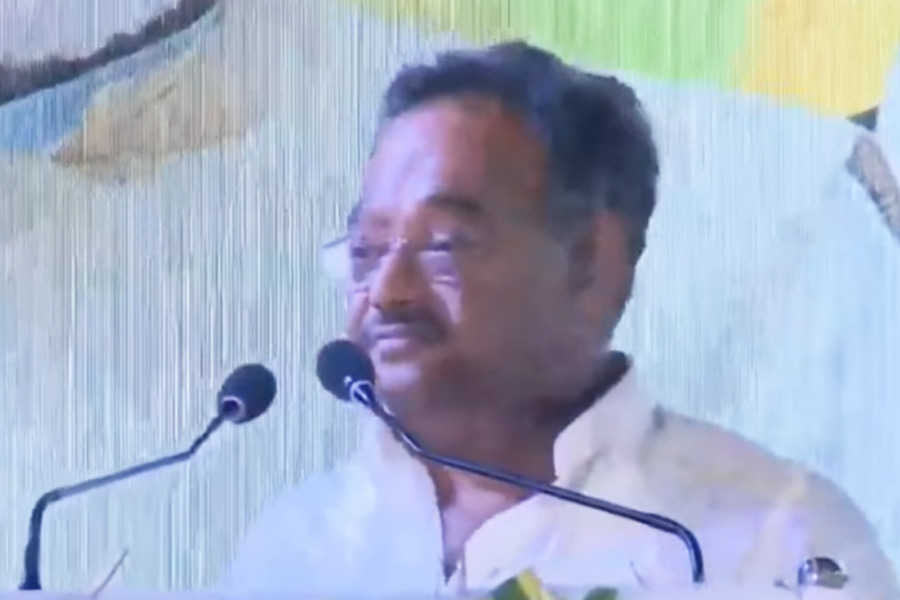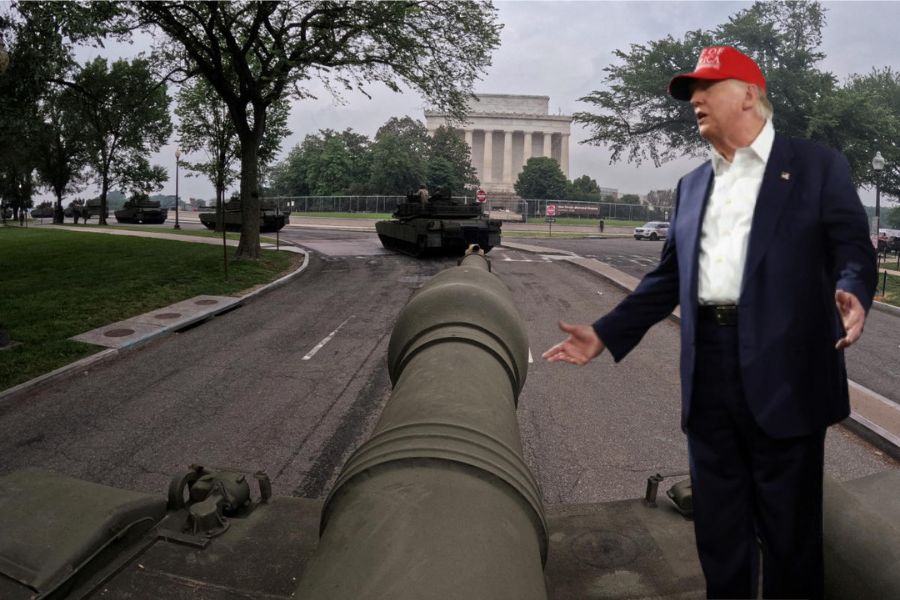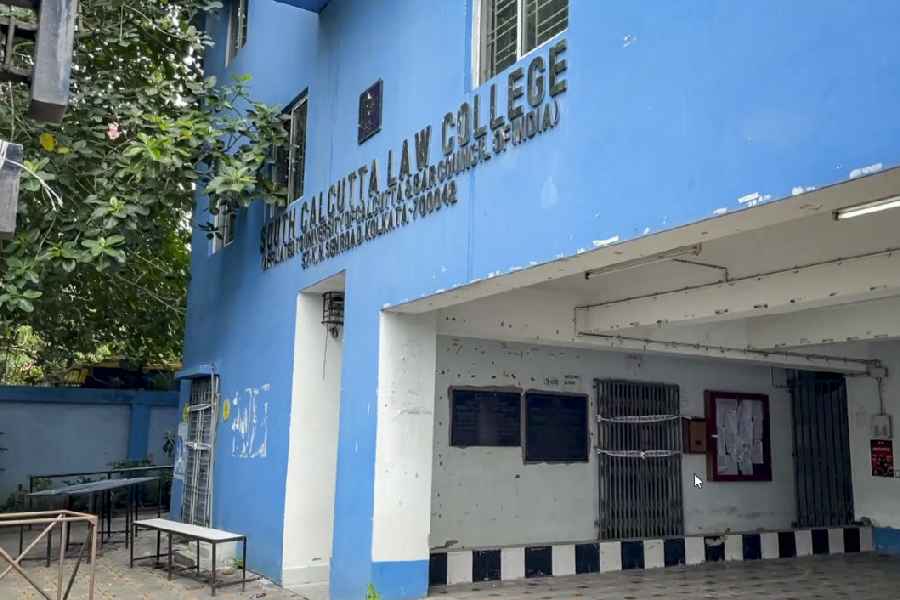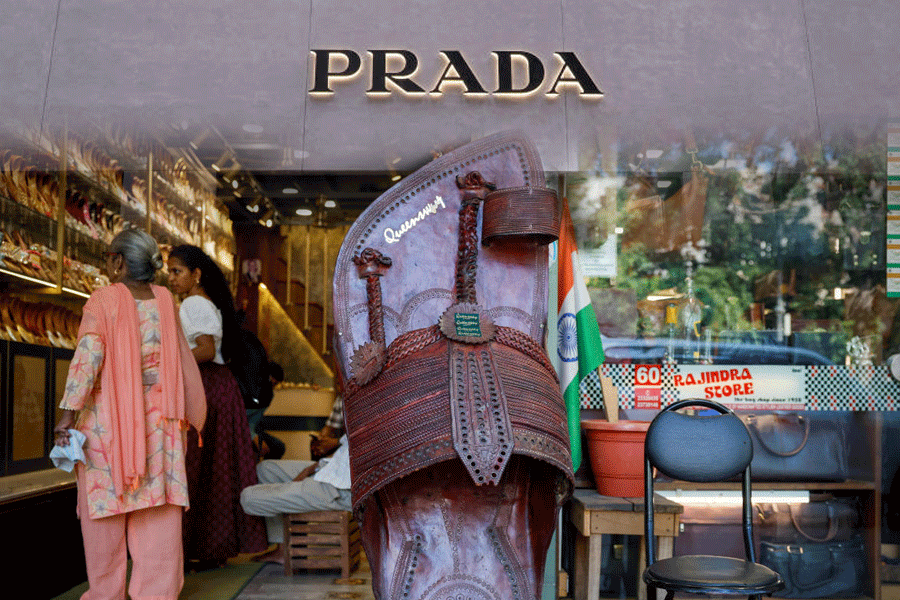 |
| The painting by Johan Zoffany — tilted Colonel Mordaunt’s Cock Match — that will be the highlight of an exhibition on the works of the artist at the Royal Academy in London |
London, March 4: The German-born painter Johan Zoffany, who landed in Calcutta in September 1783 and stayed in India until 1789, was responsible for one of the masterpieces of European art — Colonel Mordaunt’s Cock Match.
This painting, with its candid detail, including portrayal of a sexually aroused Asaf-ud-daula, nawab wazir of Oudh, is to be the highlight of an exhibition on the works of Zoffany at the Royal Academy in London from March 10-June 10.
It took Zoffany four years from 1784-88 to complete the work, which provides an amazing insight into the life of the court in Lucknow at the time.
The picture was commissioned in 1784 by Warren Hastings, the first governor-general of Bengal. Hastings is not in the picture, although his diary records that he was present at Mordaunt’s cock fight of April 5, 1784. Zoffany arrived in Lucknow to work for him on June 3, and was paid 15,000 rupees. Hastings returned to England in 1785 and the painting was despatched to him in February 1788.
Zoffany was born in Frankfurt in 1733, learnt his art in Germany and Italy and moved to London in 1760. He became friends with the leading actor David Garrick and started painting personalities from the theatre. He was also accepted into the court of George III and got commissions to do royal portraits.
In holding the exhibition, “Johan Zoffany RA: Society Observed,” the Royal Academy is honouring one of its own. Zoffany became a royal academician in 1769, a year after the academy was founded by George III with Sir Joshua Reynolds as its first president.
“A Passage to India”, one of eight sections in the exhibition, will be devoted to Zoffany’s life and work in India. According to the academy, “the life of the Indian courts and the relative integration of the British residents… many in the employ of the East India Company, are vividly captured in his portraits, genre paintings and landscapes, including his Indian masterpiece, Colonel Mordaunt’s Cock Match (1784-8)”.
The painting depicts a cock match between Asaf-ud-daula, Nawab Wazir of Oudh (standing in the centre) and Colonel John Mordaunt (on the left in white), a keen cock-fighter who had brought out from England game-cocks which he was confident would defeat native-bred birds. The outcome of the match is unknown.
After the Tate acquired the painting in 1994, it was cleaned, “revealing new subtleties of colour, detail and meaning. The Nawab’s state of sexual arousal, his agitated pose and inclination towards his chief minister and favourite bodyguard Hassan Resa Khan (in the ornate red turban), add an erotic dimension to the nature of the cock fight”.
A note from the Tate adds: “The vignette just behind the Nawab shows a bearded Hindu (in turban) fondling a Moslem boy catamite (in the white cap worn by Moslem men), to the outrage of the man in the red turban who must be restrained by a courtier.”
The nawab’s sexuality was in question. One authority, Lewis Ferdinand Smith, recounted that the nawab “has many adopted children, but none of his own” despite a harem of 500 beauties — and that towards his wife of sixteen years “he has never fulfilled the duties of a husband”.
The Tate says: “Asaf’s court at Lucknow was the most extravagant of the native courts, attracting numerous European adventurers lured by the financial prospects and exotic lifestyle. The illiterate Mordaunt was a particular favourite. An illegitimate son of the Earl of Peterborough, he was commander of the Nawab’s bodyguard and leader of court amusements, including the cock fights. At Lucknow, many Europeans had Indian wives, or bibis, and children.”
The Tate identifies “the central figures of the court, among them Colonel Antoine Polier (in a red coat, standing under the awning), a Swiss officer who was engineer to the Nawab and possessor of several bibis and a number of children; John Wombwell (seated to the right holding a hookah), the East India Company’s paymaster at Lucknow; and below them, (in uniform, seated on the dais) the French adventurer Claud Martin. Standing beside Wombwell is the artist Ozias Humphrey with a hand on Zoffany’s shoulder.”
There is further detail: “Standing at the far right corner, wearing a blue coat and holding a white bird, is Robert Gregory, the assistant to the governor-general’s representative. The rotund European in white, sitting in the right foreground with a fighting-cock, is Lieutenant Golding of the East India Company’s Corps of Engineers.”
Some have called this “Lucknow’s most scandalous picture”. “The central figure is Asaf,” others have pointed out, “and it must have been Hastings’s idea to show him with an erection. Curiously, Asaf owned another version of the picture, without the erection.”










